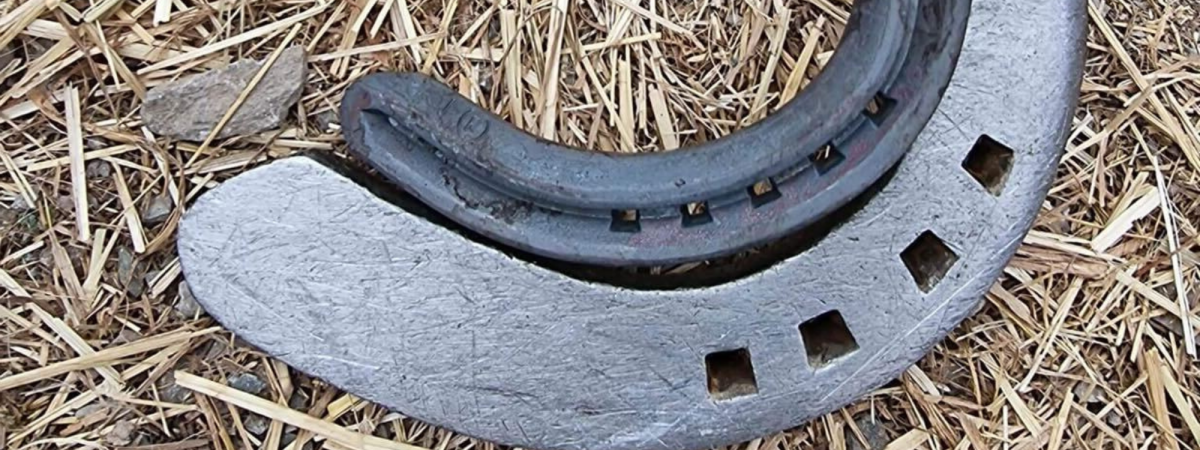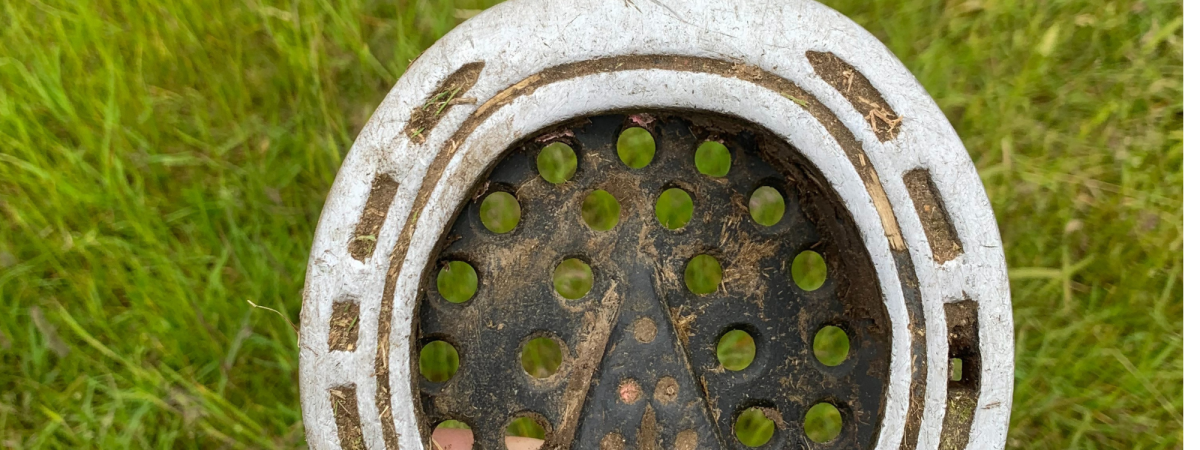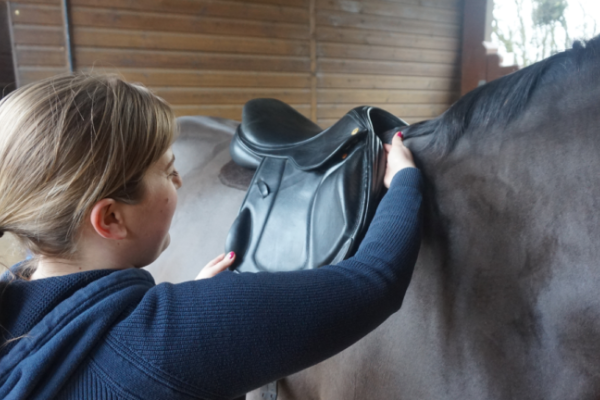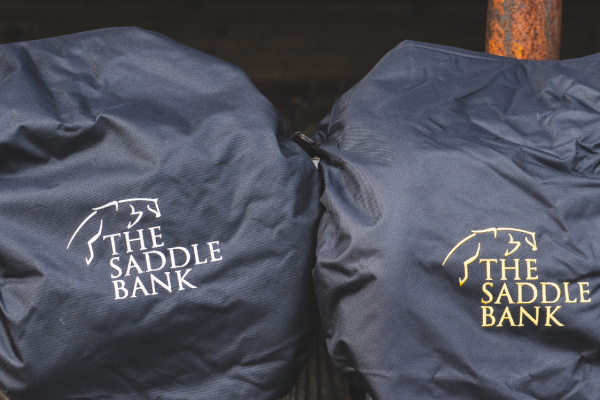Shod or Barefoot – which is right for your horse?
In this blog we are looking at a hot topic which is constantly being discussed in the equine world. If you watched the 2021 Olympics, you might have seen some bare-foot show jumpers hitting the headlines. In this article we are focusing on the reasons behind why you might put shoes on your horse.
What does a shod horse mean?
Simply put, a horse that has metal or any other material shoes put on is what we refer to as having a ‘shod’ horse. Horses shoes are traditionally made from steel or aluminium although plastic glue on shoes are becoming more prevalent. Your horses feet needs regular maintenance. They also need replacing every 6 – 8 weeks. There are also many different types of shoes.
What does a barefoot horse mean?
A horse which is barefoot, is a horse without shoes on. This is where the horse goes ‘Au naturale’ as the French would say. Barefoot horses are able to absorb shock better than metal-shod horses hooves on natural surfaces, which can equate to increased performance and longevity, particularly on hard surfaces. A horses hooves still need to be seen 6 – 8 weeks even though they are not shod. The bonus of this is it a much more cost-effective, as of course without metal this makes things a lot cheaper. But there is a lot to consider before you decide to whip off your horses shoes. Today we are going to consider the advantages and disadvantages to both.
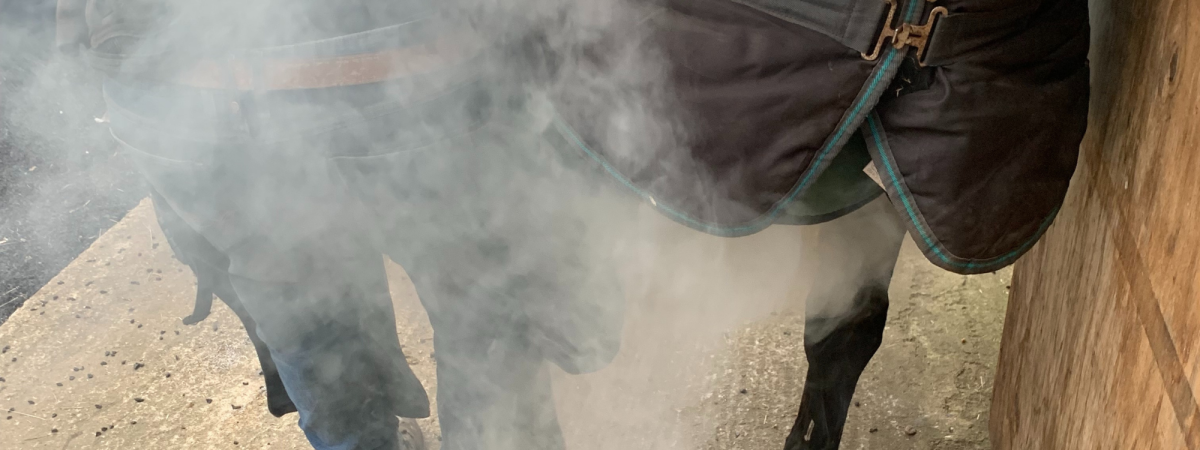
Reasons to shoe a horse
Horses with jobs which increase the concussion of the foot, such as high-level jumpers or eventers may do well with being shod for increased support. Event horses perform on multiple amounts of surfaces, including grass for the cross-country element, therefore they will require added protection. Police horses for example, they are on a lot of paved areas, therefore shoes to protect their feet are necessary. Another important factor for the eventers and the show jumpers is that when they perform on grass, they may need to be studded up for extra grip.
Shoes can also designed to be used to aid horses who are worked on surfaces as they can be used along side technology such as pads to help support the horses foot and limbs with the movement of surfaces.
There are a wide variety of shoes. If your horse perhaps has weak, flat feet and collapsed heels then another type of shoe might be considered. Remedial shoes are a modified type of shoe. Particularly in this day and age, there are many designs to aid your horses movement and balance. Horses that are pigeon toed, that would perhaps not move evenly would need extra support. For horses that have got weak soles and are susceptible to bruising, it would not be an option to go bare foot. Another reason for shoes is if the horse has arthritis or laminitis, this will also require shoeing.
Some showing classes it is also mandatory for horses to be shod, and there are even classes for best shod within Heavy Horse classes to ensure the standards are being upheld and to award farriers for their hard work and effort it takes to keep them in tip top shape.
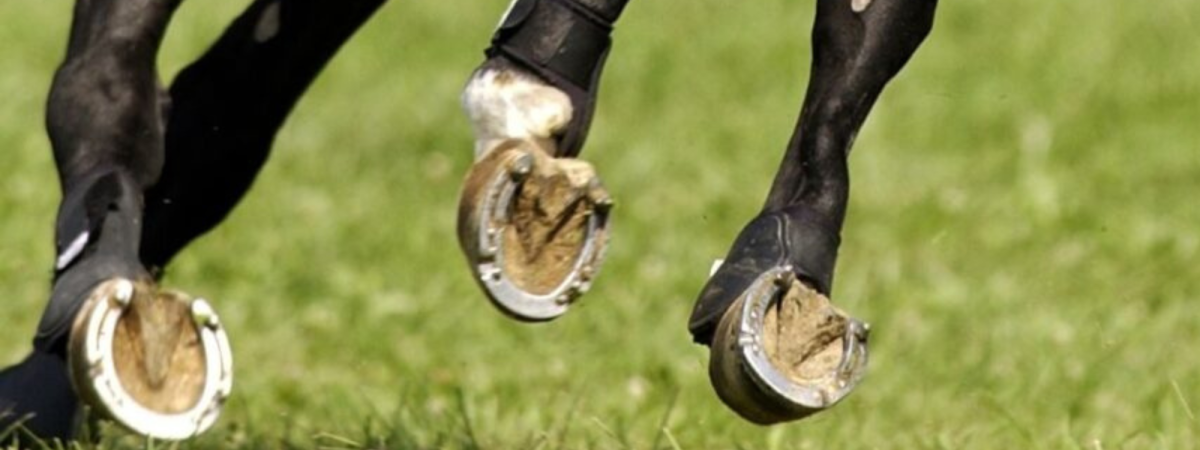
Reasons for a horse to go bare foot
The reasons for a horse to have no shoes may vary. If your horse has strong, symmetrical feet then perhaps no shoes are something to consider. Let’s be honest, less can be more, and no shoes are seen by many as the healthier option. However this can only be achieved if your horse has a good footing (literally). Competitive horses tend to be bare foot at the lower levels, this is because less is asked of them. However, this can also be modified.
You can choose when to put shoes on your horse. For example, some professionals choose ‘glue on’ shoes. They put these types of shoes on days before a competition. This is just to aid them with the different types of surfaces at a show. And another modern piece of equipment is the boot. Boots are effective because you can put them on for certain days. An example of this would be if your horse is going onto a slippery surface, you can have specific boots with extra grip on the bottom.
Some horses are shod up until they compete, the Olympic horses in the press for competing unshod arrived shod and had their shoes removed prior to competing.
Another factor to consider is what type of footing your horse will be on daily. If your horse is practicing on similar surfaces that they are competing on, then they may not need any extra support. However, if the terrain is constantly changing, the horse cannot adapt as well.
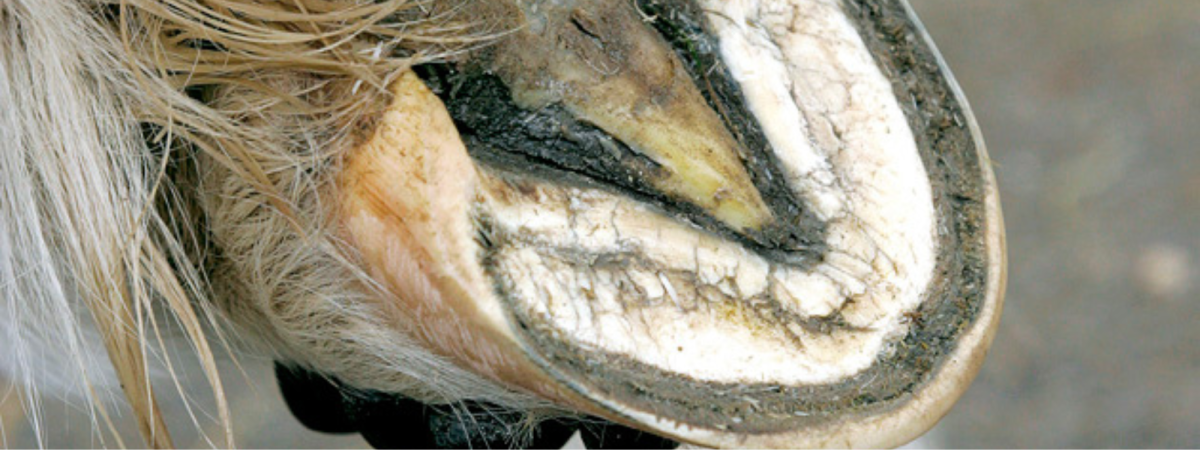
Hoof maintenance
No matter whether you choose shoes, or no shoes. Horses feet do not stop growing, so they need constant attention (what part of horses doesn’t need undivided attention). It is also important that you choose a qualified, registered farrier. Farriers can make or break a horse. Horses feet need checking every 6 – 8 weeks. Shoes need replacing every 6 – 8 weeks. There is no right or wrong answer for whether your horse has shoes or not. It depends on the horse. Consult your farrier and they will be able to advise you on the best thing to do for your horse.






